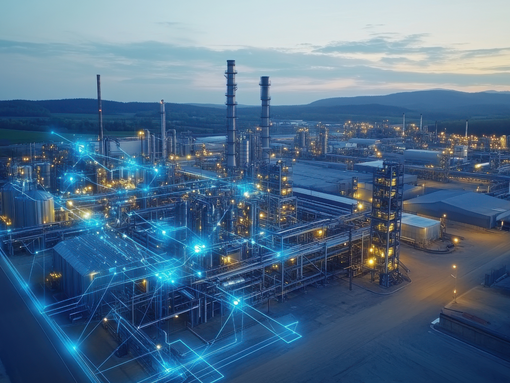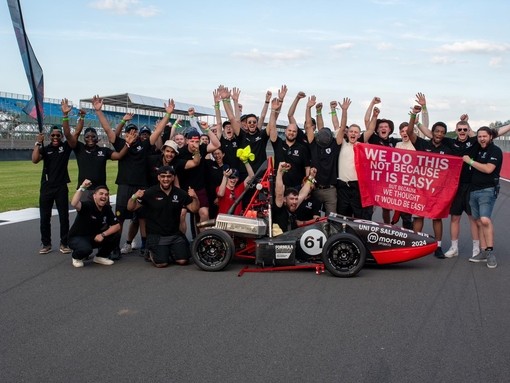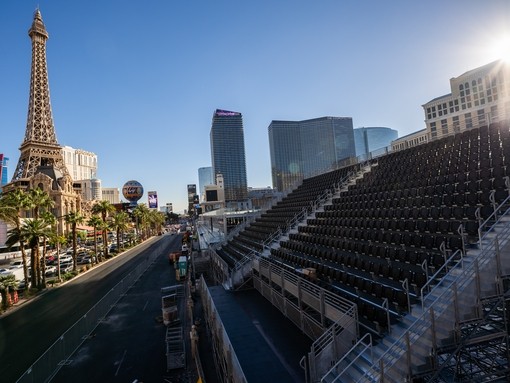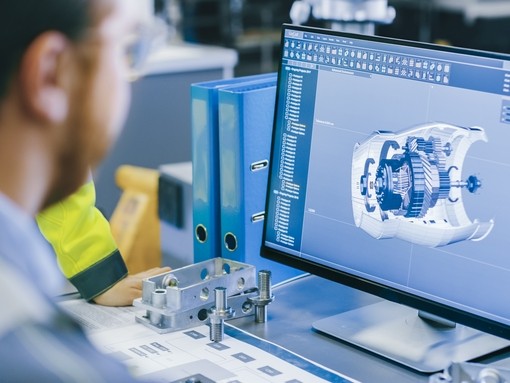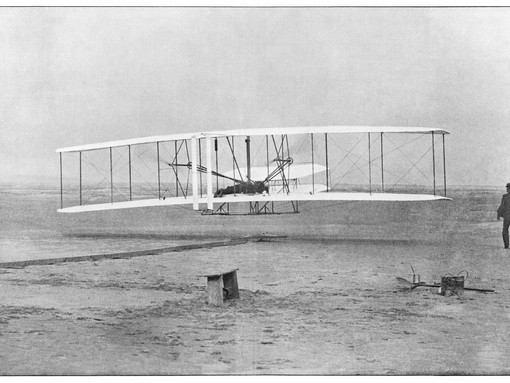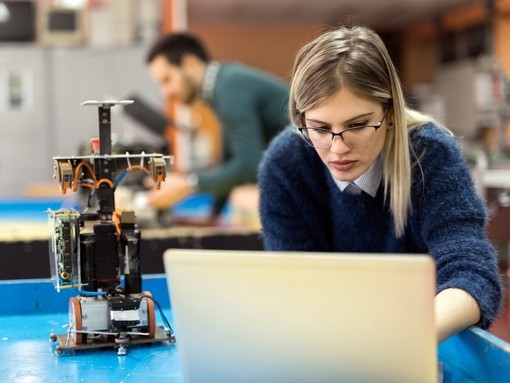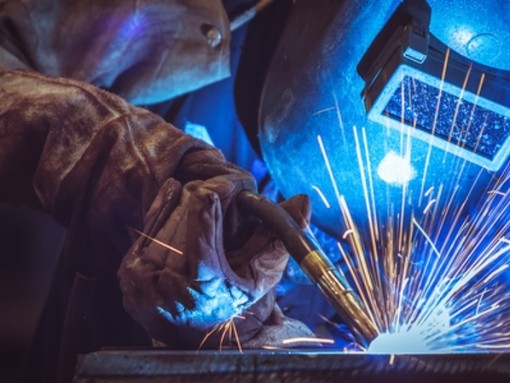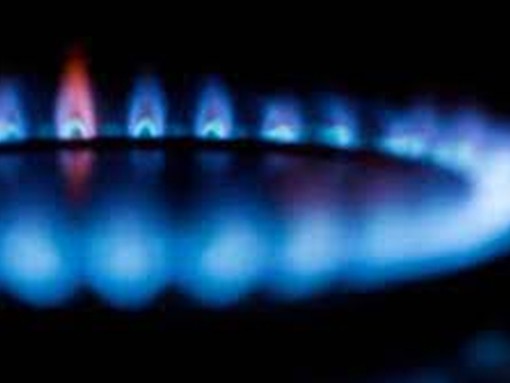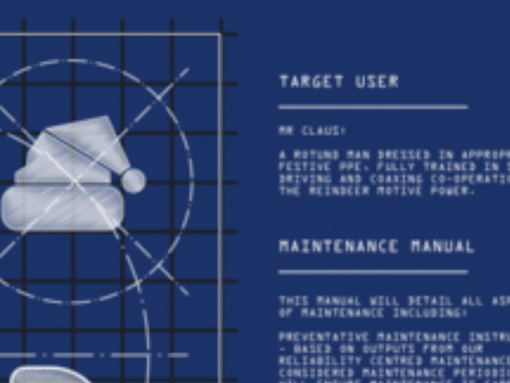
Rolls-Royce and easyJet test hydrogen powered jet engine
Rolls-Royce and easyJet have united to set a new aviation milestone with the world’s first test of a jet engine powered by hydrogen.
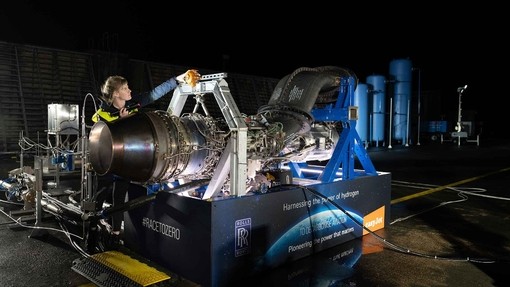
The ground test was conducted on a converted Rolls-Royce AE 2100, which is a jet engine used on regional airlines, at MoD Boscombe Down in Wiltshire. Green hydrogen for the tests was supplied by EMEC (European Marine Energy Centre), and was generated using renewable energy at their hydrogen production and tidal test facility on Eday in the Orkney Islands.
This test marks the first of its kind in the world, and is a big step towards using zero carbon aviation fuel, and is part of a wide-reaching energy programme being created by Rolls-Royce, which includes their small modular reactor (SMR) nuclear power solution.
The partnership between the companies was announced in July 2022 and the target is to deliver a range of aircraft as early as the mid 2030’s. Working together allows easyJet to bring their expertise in consumer aviation into Rolls-Royce’s engine expertise.
Grazia Vittadini, CTO at Rolls-Royce said: “The success of this hydrogen test is an exciting milestone. We only announced our partnership with easyJet in July and we are already off to an incredible start with this landmark achievement. We are pushing the boundaries to discover the zero carbon possibilities of hydrogen, which could help reshape the future of flight.”
The companies now plan a series of further rig tests before another ground test. Rolls-Royce is gearing up to use its Pearl 15 jet engine, which at present powers Bombardier 16-seater business jets, for the full-scale ground test.
The transport industry considers hydrogen to be the best route for delivering clean power. While this test has proven to be an encouraging step, its potential future use isn’t without issue. One of the challenges of hydrogen as a fuel is the storage space required to use it. While only a third of the weight of jet fuel, it requires storage at high pressure and a temperature of -235C in order to retain liquid form. This is one of the obstacles to its use on aircraft, as this extra storage space will need to be taken into account.
Nabeel Ashraf, Associate Director for Engineering & Infrastructure at Morson Talent, said:
“Decarbonising our air travel would be a major step towards helping us reach our net zero targets, and Rolls-Royce and easyJet are both taken a major first step, however for hydrogen powered engines to be adopted in a mass scale, we require significant investment in research and in building the infrastructure to support the production and storage of hydrogen.”
Full circle
Modern aircraft use kerosene-based jet fuels to power their engines. However, when the first internal combustion engine used to power a vehicle was fired up back in 1804, it was actually hydrogen gas, not diesel or other fuels, that was used to power it. Inventor Isaac de Rivaz sought to use an explosive charge to power a pump in the engine, rather than the traditional steam method. He used a mixture of hydrogen and oxygen to create the ignition.
Over 200 years later, this principle is returning in a big way. In fact, hydrogen has already been used to power aircraft as far bask as the late 1980s, when the world’s first commercial aircraft to run on liquid hydrogen, the Soviet Union-developed Tupolev Tu-155, flew over 100 test flights before being scrapped.
Hydrogen combustion works by releasing energy from a fuel and air mixture. The fuel is mixed with air and introduced into the cylinder, wherein the piston compresses it. This is then ignited by a spark, resulting in combustion. The expanding combustion gas drives the piston, rotating the crankshaft, producing thrust.
How is green hydrogen produced?
One of the key elements to a green future for aviation is that the hydrogen itself is produced in a green way. The journey towards green hydrogen actually starts at the production of green electricity, since the process itself requires electricity to work. This green electricity is produced by either wind, solar or water power. The hydrogen used in the jet engine test was produced in the Orkney Islands, whose own electricity now comes from 100% renewable sources, far exceeding the national average.
Indeed, Orkney is now home to over 1,000 domestic renewable energy installations among a community of just 21,600 people.
This green electricity is then used for the process of electrolysis, which separates the hydrogen molecules from water, thus producing the pure hydrogen used in the engines.
Rolls-Royce’s wide-reaching quest for sustainability
Rolls-Royce are not only pioneering renewable, sustainable and net zero fuel solutions in aviation. They’re also paving the way for a revolution in the clean energy production industry.

Early in 2022, Morson’s RPO1 capability was appointed as recruitment specialists to support Rolls-Royce SMR (small modular reactor) capability. Rolls-Royce SMR’s programme is the first of its kind in the UK, with the opportunity to develop a factory-built nuclear power plant that is deliverable and scalable at a global level – providing clean, affordable energy for all.
Rolls-Royce SMR is the UK domestic energy champion and will play a key role in achieving the Government’s British Energy Security Strategy, which pledges to accelerate the expansion of nuclear by delivering the equivalent of one nuclear reactor per year instead of one per decade.
When fully operational, the programme is forecast to create 40,000 jobs by 2050, as well as generate £52billion in economic benefit.
Rolls-Royce SMR’s Core Design Manager Ian Sainsbury, said of the project:
“It’s the most exciting nuclear project in the UK right now, and anyone joining the team has the chance to develop their role, integrate across different disciplines and carve a career for life. There’s an opportunity, as this project expands, for talented individuals to bring new ideas and concepts to the table that could change how things are done for centuries to come.”
Roles within Rolls-Royce SMR will be open to experienced nuclear professionals, young talent and graduates alike, creating a truly diverse workforce that is representative of the communities that will benefit from the results of the programme. Search their latest roles here

